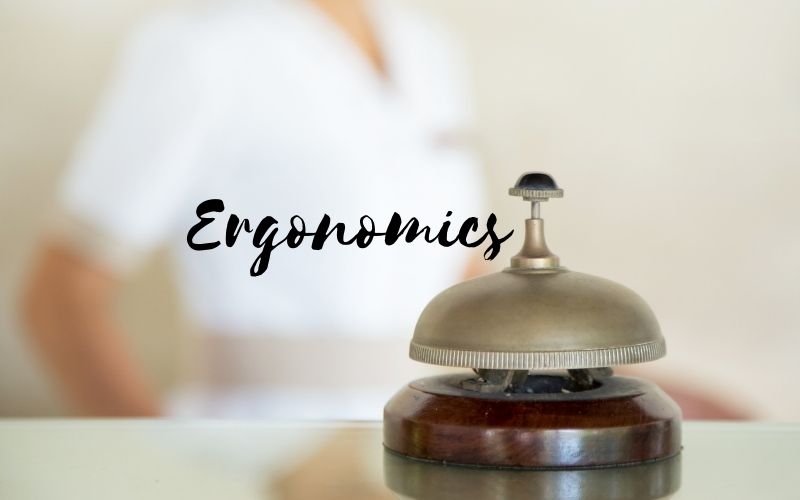Most people misunderstand ergonomics as desk chairs and computer screens with unique designs and automatic equipment features.
Well, there is nothing false about that. Comfortable equipment is necessary for every workplace. And for a healthy and happy workforce, ergonomics saves the day.
Table of Contents
What is Ergonomics in the Hospitality Industry?
The hospitality industry involves submitting to the client’s desires. That is in terms of entertainment and satisfaction. Therefore, various activities are done daily, including reaching, lifting, and repetitive movements.

As a result, the body may lead to muscle strains leading to serious injuries. Thus, to prevent such injuries, the hospitality industry should embrace ergonomics.
Ergonomics involves humans having a good relationship with their workplace. International Ergonomics Association defines it as “the scientific discipline concerned with understanding interactions among humans and other elements of a system that includes the profession that applies theory, principles, data, and methods to design to optimize human well-being and overall system performance.” Ergonomics can feature many things, but it’s generally about comfortability and efficiency.
Poor ergonomics in the hospitality industry have consequences. They include unhealthy and unhappy staff, resulting in high turnovers in a company. Health issues are the leading cause.
The most common one is musculoskeletal disorders which involve injuries to the nerves, muscles, tendons, ligaments, and blood vessels. These are caused by cold exposures, vibrations, high forces, improper postures, and contact stress.
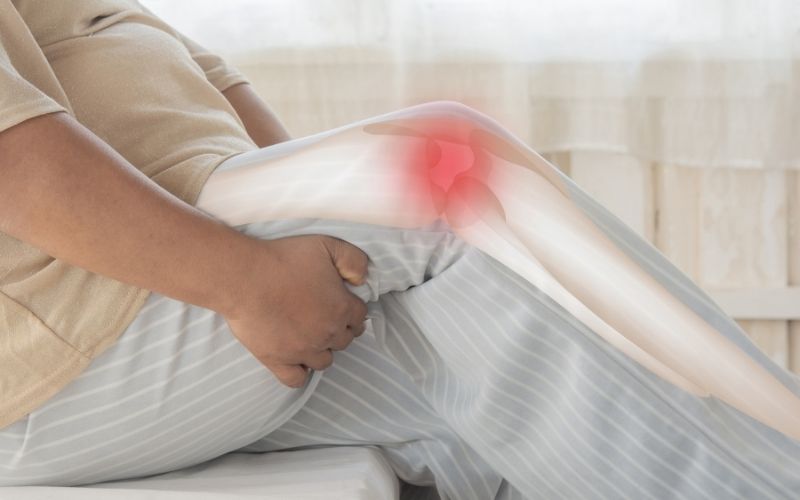
In addition, workers get injured differently, depending on the type of industry and the risks involved leading to musculoskeletal disorders. These disorders include fibromyalgia, osteoarthritis, epicondylitis in the elbow, carpal tunnel syndrome, rotator cuff injuries in the shoulder, trigger finger, back injuries, muscle strains, and rheumatoid arthritis.
How are Ergonomics Related to the Hospitality Industry?
The goal is to prevent clients from worrying and stressing over nothing and to ensure clients always strive to be happy and satisfied. With all the hard work behind the scenes, a lack of ergonomics can lead to a high number of injured and sick employees.
Businesses in the hospitality industry have many operations compared to other sectors, likely due to many activities in large volumes. For instance, cleaning many dishes, handling large bundles of towels and sheets, lifting huge recycle bins, and cooking in large pans and pots.

Keeping these tasks in mind makes it easier to understand why injury rates are higher in the hospitality industry. That’s why ergonomics go hand in hand with hospitality.
Why is Ergonomics Important to Facility Planning in the Hospitality Industry?
Since ergonomics works as a preventive measure, it’s considered a priority in all setups in the hospitality industry. The facility planning should incorporate strategies that create a user-friendly and safe workspace. Businesses in this industry require an environment that can accommodate future instability like diseases, disability, injury, and aging.
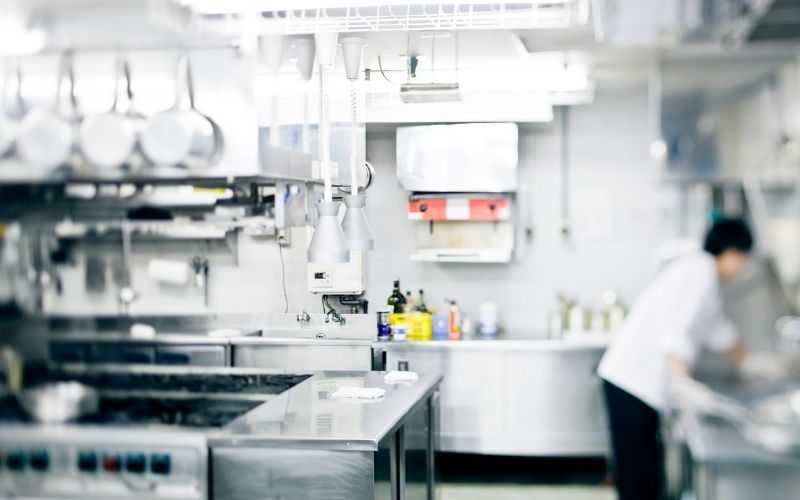
Keeping that in mind, facility planners use the science of ergonomic principles for guidance, thus helping identify people’s strengths, size differences, and senses. As a result, it creates several options for better lighting, space planning, people movement, better furniture, noise management, and improved layout.
Ergonomics helps facilities planning with reliable guidance on;
- Adjustment, size, and padding of furniture
- Positioning, colors, and signage
- Handling
- Storage
- Air climate
- Cleanability, noise, warmth, and friction of floors
- Space handling, security, and crowd movement
The facility planners apply the information to furniture, lighting, slip and fall prevention, disabled access, and glazing.
- Furniture
A workplace with adequate seating and furniture promotes the well-being, performance, comfort, productivity, and health of the workforce. Fine furniture applies to task chairs, adjustable desks, task lighting, and monitor arms.
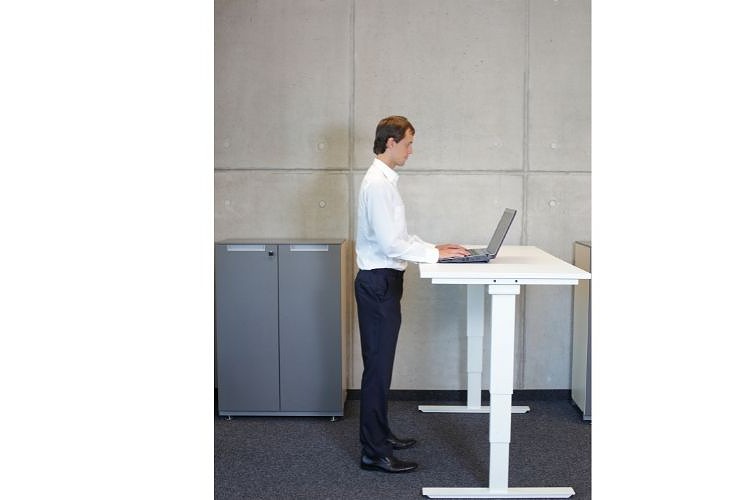
With better furniture, one gets to manage the environment easily. For instance, a monitor arm helps one build a comfortable posture while using the computer. Furthermore, the individual will create a reasonable distance from the screen while keeping the monitor at the correct position.
- Lighting
Good lighting in the hospitality industry applies to sunlight management, relative curtaining, reflection management, excellent color selection, and effective glare. Lighting is suitable for individuals who spend most of their time in built spaces.
Lighting increases productivity due to visual improvement, psychological, and biological effects. Today, fluorescent, incandescent, and LED technology has a better performance by reducing irrelevant shadows hence safe for the eyes.

- Slips and Falls Prevention
Ergonomics helps facility planners design comprehendible movement designs that prevent one from slipping and falling. Ergonomics provides information that helps in combining suitable colors and installing critical signs.
It can be absurd for a facility where clients slip and fall in case of a wet surface. Ergonomic guidelines will help in staircases design, emergency exits, and tile treatment to prevent this. Ergonomics studies human movement; therefore, it scrutinizes all possibilities of slips and falls.
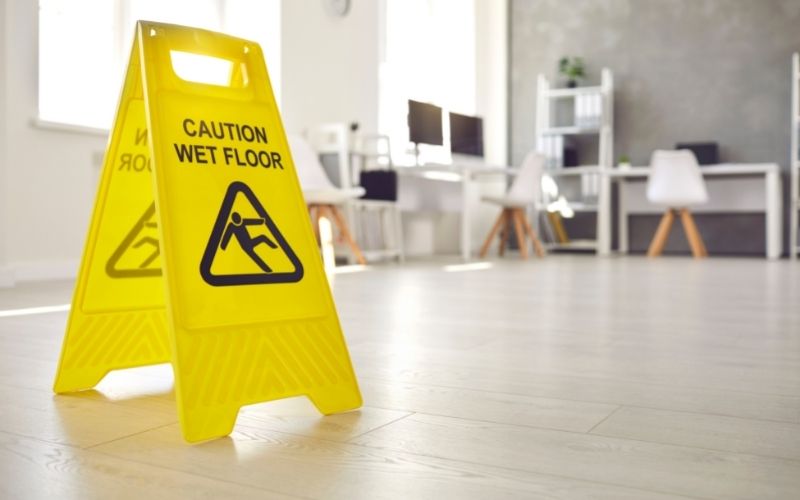
- Disabled Access
Ergonomics creates disabled access to enable the hospitality industry to comply with the Disability Discrimination Acts.
- Glazing
Glazing is similar to lighting planning. Ergonomics helps in lighting appearance and management, heat and reflection control, and restful vision.
How is Ergonomics Applied in the Hospitality industry?
Since ergonomics doesn’t appear as fatal as falling off a tall building or consuming harmful chemicals, most people ignore that it’s equally dangerous, especially when unattended.
As mentioned earlier, musculoskeletal disorder is a common risk in the hospitality industry. As a result, it leads to poor productivity, health issues, more insurance claims, and massive income losses. To reduce the risk, employees should apply good ergonomics with these tips:
- Use the right posture

Some positions increase health risks, even if they feel comfortable. To be on the right side, a worker should apply posture ergonomically. Furthermore, changing positions at regular intervals is an added advantage.
- Invest in good chairs
An ergonomic chair has various adjustable options that fit all body sizes and heights. These features include depth settings on the seat, armrests, lumbar support, and adjustable height. As for the short individuals, a footrest will do well.
No matter how adjustable a chair is, it’s not ergonomic if one does not fit in. Not even the most decent and fancy seats will do the trick. The chair must be accommodating to all, whether disabled or not.
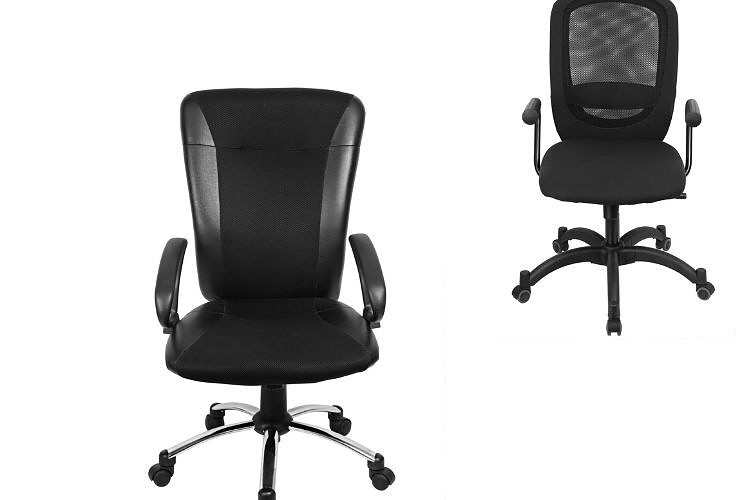
- Avoid repetition
Most tasks in the hospitality industry are repetitive, hence causing strains. Workers with repetitive tasks can try alternating or rotating them. If it’s not possible, there should be several breaks to pause the functions for a moment. The rest breaks are the best time to exercise to stretch tendons and muscles. With that, muscle strains and tense tendons will be minimal.
- Check out your eyes
Besides the muscle strains, eye strain is a common risk in the hospitality industry. It mainly affects workers who spend most of their time on computer monitors. The monitor should be at the same level as the eye to avoid eye strain.

The sitting postures should be straight and face directly at the monitor to avoid looking at it from different angles. That’s why workplaces are discouraged from containing monitors with flickers.
- Be stress-free
Chill out from too much work. A toxic workplace makes muscles tense for an extended period. But with proper ergonomic equipment, workers can complete tasks fast with no pressure. However, the workers need control, information, and training to work.
Restaurant Management
Most restaurants have limited spacing, increasing the chances of workplace injuries. Sprains, strains, poor postures, cuts, and burns result from repetitive activities. However, these tips help prevent such injuries:
- Serving staff

Ensure regular cleaning to prevent sleeping and falling.
Use carts for large spaces. In the case of small rooms, carry a few trays.
Avoid leaning and reaching when serving.
Avoid using one hand in moving heavy items.
Avoid overfilling items.
- Kitchen staff
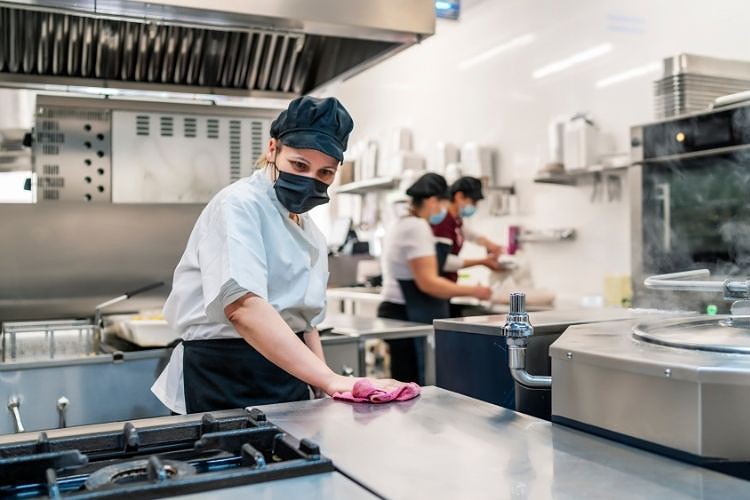
Avoid blunt knives to reduce heavy cutting forces.
For workers whose tasks need long-standing periods, embrace breaks and shifts. If not possible, sit on a stool.
Install padded floors or placemats, which reduces fatigue from long-standing hours.
Keep items closer, especially the regularly used ones, to avoid reaching.
Hotel Management
Ergonomics application in hotels reduces injuries that may lead to losses in compensation. Additionally, it improves productivity and working morale.
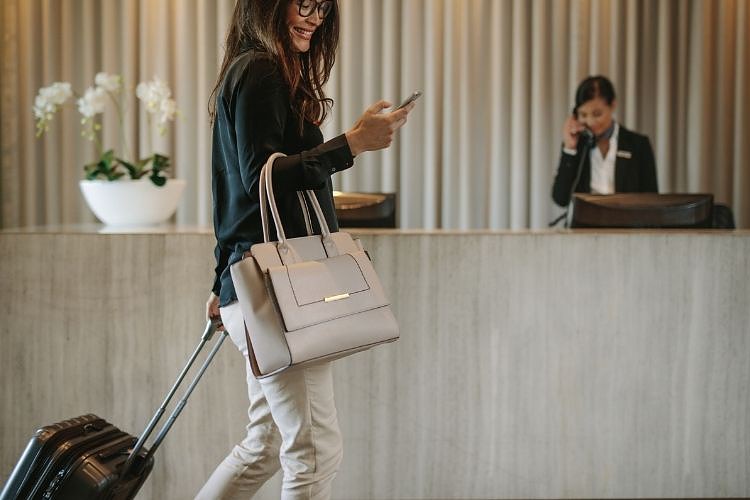
For better results, the hotel management needs to change repetitive activities, for instance, by having two workers handling the guest room instead of one worker, as in most cases. The two will shift tasks, reducing repetition and cost and utilizing ergonomic equipment to reduce muscle strains.
Similar to restaurants, ergonomics application is essential in kitchens. A hotel’s kitchen is usually crowded, which exposes the workers to logistical issues and risks. In such a large facility, a head chef must oversee whatever a person is doing.
Tourism Industry

The tourism industry needs an ergonomic environment with proper noise, heating, pollution, ventilation, and illumination. This field requires a complete ergonomics application.
An ergonomic analysis is mandatory in all sectors, including personnel, workbenches designs, airports, neighborhoods, and road systems.
Conclusion
Ergonomics doesn’t only benefit businesses but workers too. Ergonomist design development also caters to clients and workers. Therefore, we should embrace the value of ergonomics for professionalism and a healthy workforce in the hospitality industry.

My name is Vance, and I am the owner of To Ergonomics. Our mission is to improve your workflow by helping you create a supportive and welcoming environment. We hope that you’ll find what you’re looking for while you’re here.

